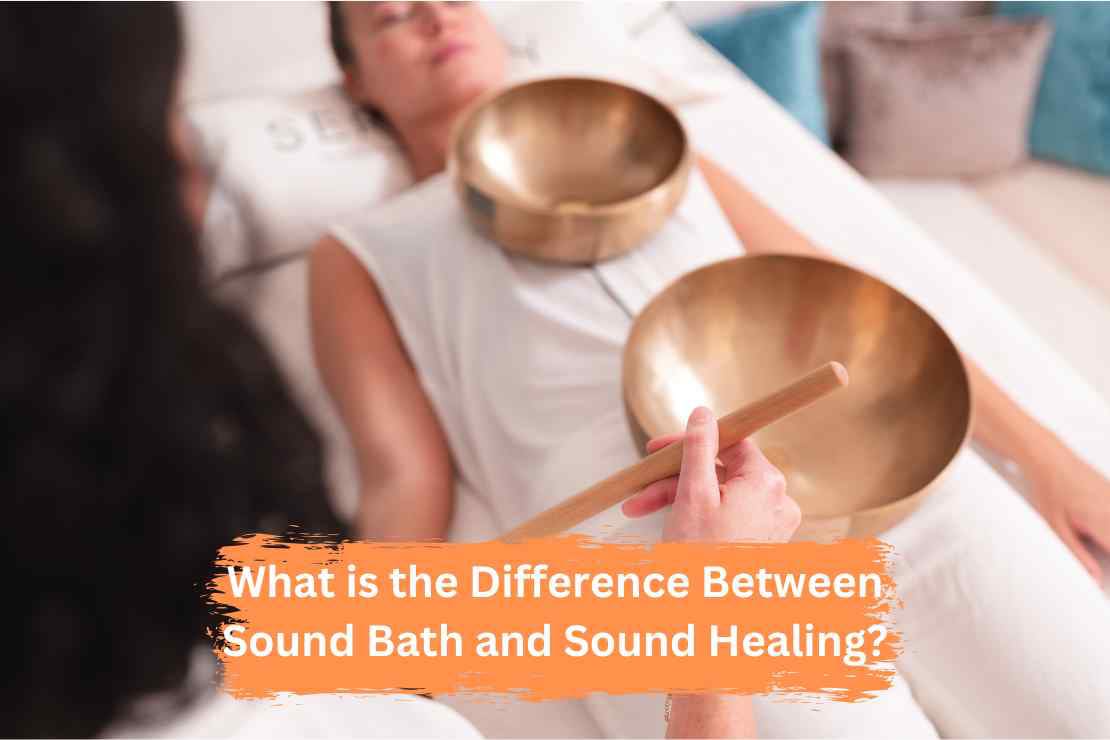
In recent years, practices like sound bath and sound healing have gained immense popularity for their ability to promote relaxation and holistic well-being. While these two terms are often used interchangeably, they represent distinct approaches to using sound for therapeutic purposes. But what exactly differentiates a sound bath from sound healing? In this comprehensive guide, we’ll explore their unique characteristics, benefits, and how they can enrich your life.
What is a Sound Bath?
A sound bath is an immersive experience where participants lie down or sit comfortably while being enveloped by soothing sounds from instruments like singing bowls, gongs, and chimes. The goal is to create a meditative state that promotes relaxation and stress relief.
Characteristics of a Sound Bath
- Non-invasive: Participants do not have to do anything except relax and absorb the sounds.
- Group Experience: Often conducted in groups, though private sessions are available.
- Focus on Relaxation: The primary aim is to calm the mind and body.
Instruments Used in a Sound Bath
- Crystal Singing Bowls: Known for their resonant tones.
- Gongs: Produce deep, vibrating sounds that can be profoundly soothing.
- Tuning Forks: Generate specific frequencies to balance energy.
What is Sound Healing?
On the other hand, sound healing is a more targeted and therapeutic approach. It uses sound frequencies to address specific physical, emotional, or mental health issues.
Characteristics of Sound Healing
- Goal-Oriented: Focused on resolving specific imbalances.
- One-on-One Sessions: Often personalized to the individual.
- Energy Alignment: Aims to restore harmony within the body.
Techniques in Sound Healing
- Vocal Toning: Using the voice to create healing vibrations.
- Binaural Beats: Listening to specific frequencies through headphones.
- Drumming: Rhythms that stimulate brain wave activity.
Key Differences Between Sound Bath and Sound Healing
1. Purpose
The difference between sound bath and sound healing lies primarily in their goals. While sound baths aim to create a tranquil environment for relaxation, sound healing is a therapeutic modality targeting specific health concerns.
2. Approach
- Sound Bath: Passive experience where participants simply absorb the sounds.
- Sound Healing: Active process involving interaction and specific techniques.
3. Setting
- Sound Bath: Usually conducted in group settings.
- Sound Healing: Often personalized and conducted one-on-one.
4. Instruments
Although both use similar instruments, the application differs. In sound baths, the focus is on creating an ambient soundscape, while in sound healing, specific frequencies are used to address particular issues.
Benefits of Sound Bath and Sound Healing
Sound Bath Benefits
- Stress Reduction: The calming sounds help reduce cortisol levels.
- Improved Sleep: Many participants report better sleep quality.
- Enhanced Focus: Creates mental clarity and concentration.
- Spiritual Connection: Facilitates deeper meditative states.
Sound Healing Benefits
- Pain Relief: Targeted frequencies can alleviate physical discomfort.
- Emotional Balance: Helps process and release pent-up emotions.
- Energy Alignment: Restores the body’s natural vibrational state.
- Mental Clarity: Supports cognitive function and decision-making.
How to Choose Between Sound Bath and Sound Healing
Consider Your Goals
- If you’re seeking general relaxation, a sound bath may be ideal.
- For addressing specific health concerns, opt for sound healing.
Assess Your Comfort Level
- Beginners often find sound baths more accessible.
- Individuals with specific needs may benefit from the personalized nature of sound healing.
Experimentation
Many practitioners recommend trying both to discover what resonates best with you.
What to Expect in a Sound Bath Session
- Duration: Typically lasts 45 minutes to an hour.
- Preparation: Wear comfortable clothing and bring a mat or blanket.
- Experience: Close your eyes, relax, and let the sounds wash over you.
What to Expect in a Sound Healing Session
- Initial Consultation: The practitioner assesses your needs.
- Techniques: May involve tuning forks, vocal toning, or binaural beats.
- Follow-Up: Often includes recommendations for continued practice.
Conclusion
Understanding the difference between sound bath and sound healing can help you make informed choices about incorporating sound therapy into your wellness routine. While both practices use sound as a powerful tool for relaxation and healing, their approaches and objectives differ significantly. Whether you seek the meditative embrace of a sound bath or the targeted benefits of sound healing, both offer profound opportunities for physical, emotional, and spiritual growth. Explore these practices to discover the transformative potential of sound in your life.
FAQs About Sound Bath and Sound Healing
1. Can I practice sound baths and sound healing at home?
Yes, you can use apps, online sessions, or instruments like singing bowls.
2. Are There Any Side Effects?
Both are generally safe, but some may feel emotional release.
3. How Often Should I Attend Sessions?
This depends on your goals; weekly or monthly sessions are common.
4. Is Sound Healing Scientifically Backed?
Yes, studies show sound therapy can reduce stress and improve well-being.
5. Can Anyone Benefit from Sound Bath?
Absolutely, it’s suitable for people of all ages.
6. How Do I Find a Practitioner?
Search online or ask for recommendations from wellness communities.





